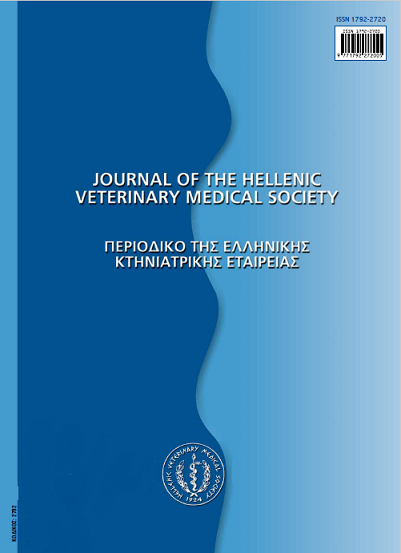Drugs and environment
Аннотация
Medicines are very important for the treatment and prevention of disease in both humans and animals, but at the same time they may have and several unintended effects with adverse results to the environmental organisms. Although these effects of the drugs on human and animal have been studied and still are investigated from the safety point of view with toxicological studies, the potential environmental impacts of their manufacture and use are not absolutely defined and well understood. That is why during the last years this issue has become of first priority and of increased research concern, although some results of several chemical groups, specifically some anthelminthics and antibiotics, are known. But, there are many other groups of substances that can actively affect the organisms in the environment. This is further complicated by the fact that some pharmaceuticals can show adverse effects on bacteria and animals at concentrations well below of those that are usually used in safety and efficacy experimental tests. In addition, breakdown products, metabolism and the combination of different biologically active compounds may have unanticipated effects on the environment. Although it may be safe to assume that these substances do not harm humans, recent research has started to determine whether and how they affect the organisms in the environment and what this means for environmental health and our health too. Pharmaceuticals have been released into the environment for decades, but researchers have only recently begun to determine their concentration levels in the environment. Using information from different countries they have identified those pharmaceuticals that are most likely to be released into the environment. For example, data from the United Kingdom on annual usage of veterinary drugs was combined with information on administration routes, metabolism and eco toxicity to identify medicines that should be monitored in a national investigation programme. At the same time, similar programmes are performed for human medicines using information on annual usage, therapeutic dose along with predictive models. Although these studies are generally based on country-specific information, they still provide an indication of those substances that should be investigated at the international level. It is of special importance the contribution of the instrumental chemical analysis and the new analytical techniques, like high performance liquid chromatography coupled with mass spectrometry (LC/MS-MS), which have allowed us to develop a better understanding of how medicines behave in the environment as well as to determine their concentrations in several soils, surface waters, groundwaters and elsewhere. Once released into the environment, pharmaceuticals will be transported and distributed to air, water, soil or sediment depending on the influence of different physicochemical characteristics. The degree to which a pharmaceutical is transported into the environment primarilly depends on the sorption behaviour of the substance in soils, sediment-water systems which varies widely across pharmaceuticals. So, reported sorptioncoefficients for several veterinary medicines in soils range from <lL/kg to >6000L/kg. Pharmaceutical substances may also bedegraded by biological organisms, abiotic reactions reducing their potency, but generating some breakdown products with similar toxicity to the parent compound. Finally, drug degradation varies significantly depending on chemistry, biology and climatic conditions making the problem more complex and demanding individual solutions for each chemical compound.
Article Details
- Как цитировать
-
TYRPENOU (Α.Ε. ΤΥΡΠΕΝΟΥ) A. E. (2017). Drugs and environment. Journal of the Hellenic Veterinary Medical Society, 60(2), 161–178. https://doi.org/10.12681/jhvms.14925
- Выпуск
- Том 60 № 2 (2009)
- Раздел
- Review Articles
Authors who publish with this journal agree to the following terms:
· Authors retain copyright and grant the journal right of first publication with the work simultaneously licensed under a Creative Commons Attribution Non-Commercial License that allows others to share the work with an acknowledgement of the work's authorship and initial publication in this journal.
· Authors are able to enter into separate, additional contractual arrangements for the non-exclusive distribution of the journal's published version of the work (e.g. post it to an institutional repository or publish it in a book), with an acknowledgement of its initial publication in this journal.
· Authors are permitted and encouraged to post their work online (preferably in institutional repositories or on their website) prior to and during the submission process, as it can lead to productive exchanges, as well as earlier and greater citation of published work.





